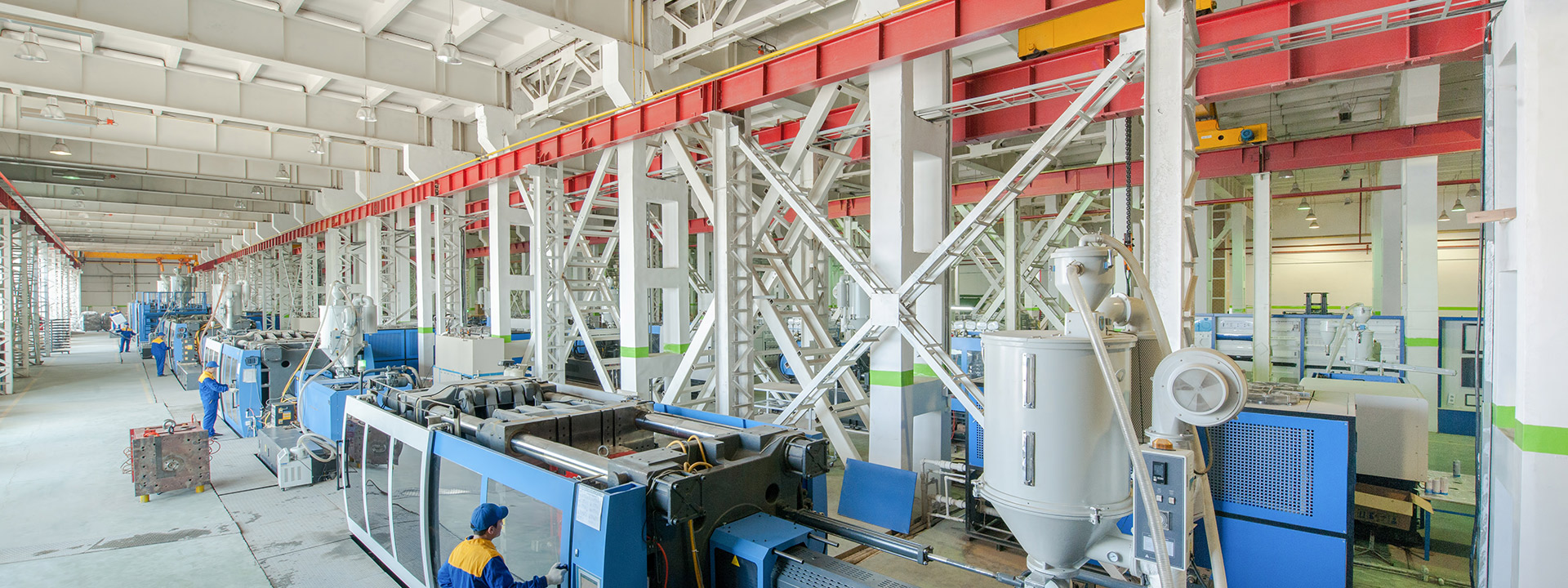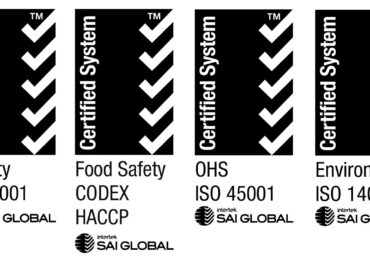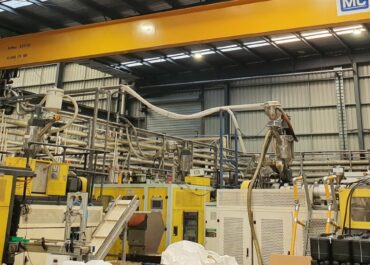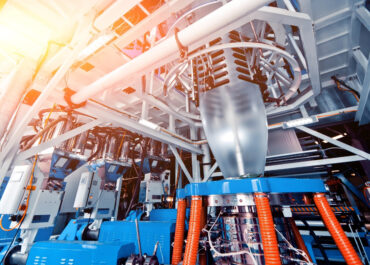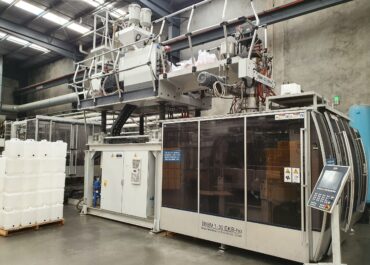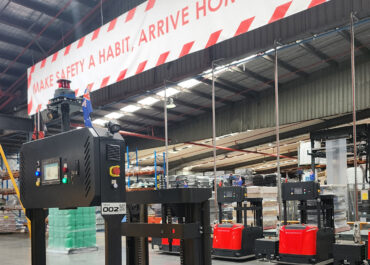The world of manufacturing is rapidly evolving, and automation is at the forefront of this transformation. One key technology driving this change is Automated Guided Vehicles (AGVs), which are proving to be a game-changer for industries like plastic manufacturing. AGVs provide unprecedented advantages over traditional material handling methods, notably increasing efficiency, reducing costs and enhancing workplace safety. In this blog, we’ll explore how AGV technology is transforming the plastic manufacturing process and why this automation trend is leading the way.
What are AGVs & How Do They Work?
AGVs are self-driving vehicles designed to transport goods and materials through manufacturing facilities without the need for human intervention. These vehicles use sensors, cameras and software to navigate predefined pathways or adapt to real-time changes in the environment. In industries like plastic manufacturing, AGVs help to streamline material movement and reduce human error.
Unlike traditional material handling methods, which rely on forklifts, trolleys and manual labour, AGVs offer a level of precision and efficiency that human-operated systems simply can’t match. This makes them ideal for plastic manufacturers seeking to optimise their production processes.
Efficiency Gains in the Plastic Manufacturing Process
One of the most significant benefits AGVs bring to the plastic manufacturing process is improved efficiency. Traditional material handling often involves downtime and scheduling conflicts between workers and machines. AGVs eliminate these issues by operating 24/7, ensuring that materials are always where they need to be, on time.
For plastic manufacturers, this means reduced production delays and higher throughput. AGVs can be programmed to handle repetitive tasks with accuracy, allowing staff to focus on more complex operations that require human oversight. This increased efficiency directly translates to reduced operating costs and improved productivity.
Cost Reduction & ROI of AGVs
While the initial investment in AGVs may seem steep, the long-term cost savings make them a worthwhile investment. Traditional material handling methods come with ongoing costs, such as wages, training, machine maintenance and safety risks. In contrast, AGVs require minimal human interaction, reducing labour costs dramatically.
Furthermore, AGVs offer a quick return on investment (ROI) through reduced errors, minimised product damage and lower maintenance needs for material handling equipment. For companies engaged in the plastic manufacturing process, these cost savings can be significant.
Enhanced Safety in Manufacturing
Workplace safety is a top priority for every manufacturer, particularly when heavy machinery, chemicals and hazardous materials are present. AGVs are equipped with advanced safety sensors that can detect obstacles and stop immediately, reducing the risk of workplace accidents associated with traditional material handling methods. This not only protects workers, but also reduces insurance premiums and the potential for costly legal issues.
For plastic manufacturers like A&J Australia, adopting AGV technology isn’t just a matter of staying competitive, but also ensuring long-term sustainability. As automation continues to lead the way, AGVs will undoubtedly play a pivotal role in shaping the future of manufacturing.

